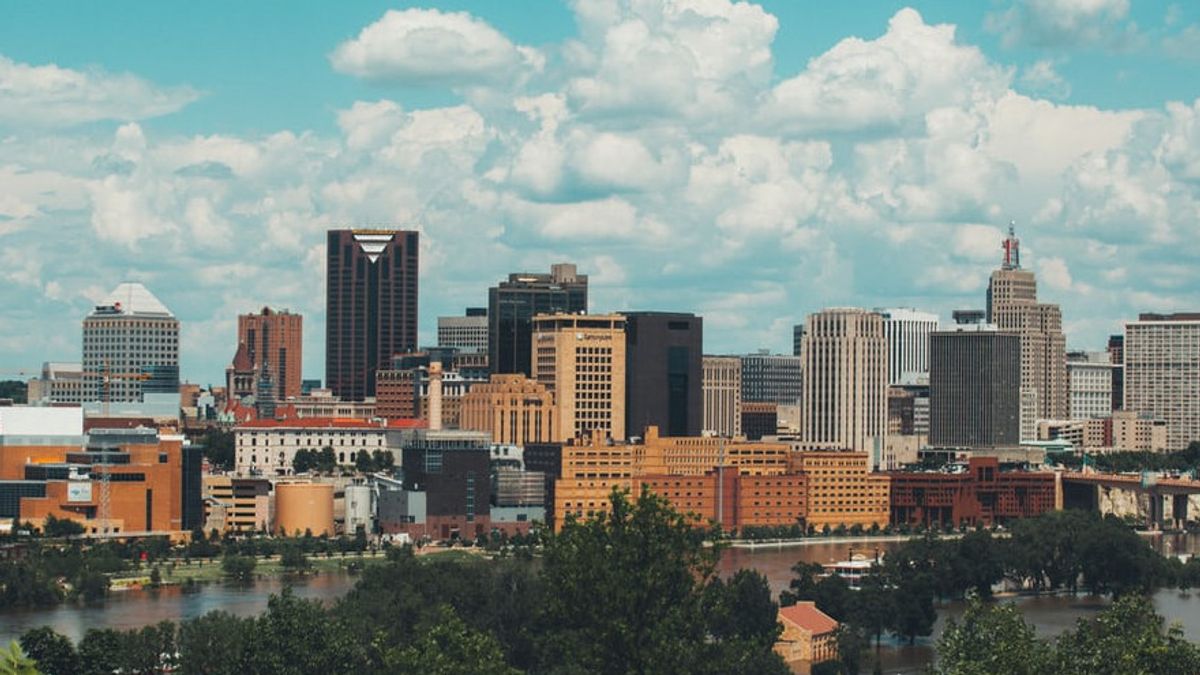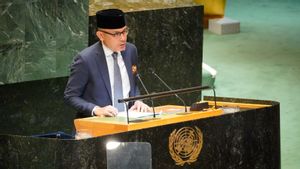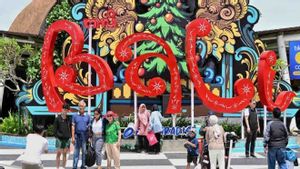JAKARTA - Currently, major cities in a number of countries are experiencing an alarming increase in hot temperatures. But researchers from NASA have found a solution.
According to research from climate scientists at NASA's Goddard Institute for Space Studies (GISS) in New York, United States (US), buildings or houses with rooftop gardens and greenery can help relieve severe heat in big cities.
For decades, researchers have suggested using dark-colored roofing materials with bright surfaces that reflect sunlight. Can also use a green roof filled with cover plants.
“As cities grow and develop, they need to make good decisions about their infrastructure, because these decisions often last for 30 or 50 years or more,” said Christian Braneon, Climate Scientist and Civil Engineer at Columbia University and GISS.
"In the context of more frequent heat waves and more extreme heat, it is important to understand how these urban design interventions can be effective."
Green roofs are designed to harness the cooling power of plants in order to lower the temperature in urban spaces. They have now used imagery captured by the Landsat 5 satellite between 1990 and 2011.
Quoted from the official NASA website, Tuesday, March 22, the researchers compared changes in ground surface temperature and the abundance of vegetation at the study site and the closest control location without a green roof.
The GISS team studied three locations in Chicago, Millennium Park, City Hall, and a Walmart shopping center to see how green roofs affect surface temperatures around the buildings.
Researchers will also see if there is a difference between the building and others in the vicinity without a green roof. The research was recently published in the journal Sustainable Cities and Society.
The results from the three sites were mixed. Millennium Park, which has a mix of intensive plants and is located near Lake Michigan, showed significantly lower average temperatures after its green roof was installed in 2004. It was the only site where the roof completely reduced climate warming during the study period.
City Hall, which is also an intensive site, had a green roof installed in 2002. The temperature after installation of the green roof was lower than at the control site, but the temperature increased towards the end of the study period.
The Walmart site is quite different from the previous two locations, in that the green roofs at Millennium Park and City Hall were added to existing buildings, but a new supermarket was built during the study period.
Even though Walmart put up extensive green roofs, the conversion of the land from a grassy vacant lot to a storefront resulted in a vegetation index with a declining landscape.
“You might think that installing a green roof on your new building will make a significant impact. But what we are seeing is that a lot of waterproofing materials can also be added there, such as parking lots around the building,” explains Braneon.
"As a result, you may reduce the impact of the parking lot, but you certainly haven't created the cooling effect that overgrown vegetation has," he added.
The benefits of a green roof depend on a variety of factors, from geographic area and plant diversity to the roof structure and cooling efficiency of the building itself.
The English, Chinese, Japanese, Arabic, and French versions are automatically generated by the AI. So there may still be inaccuracies in translating, please always see Indonesian as our main language. (system supported by DigitalSiber.id)









